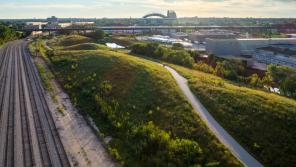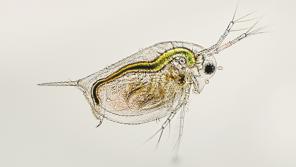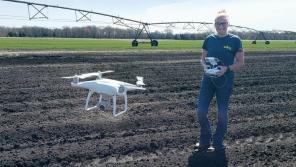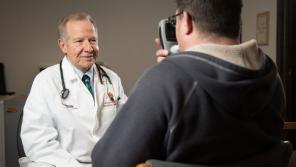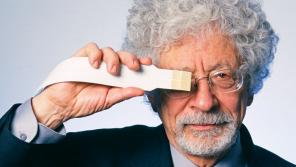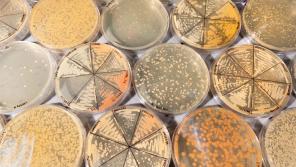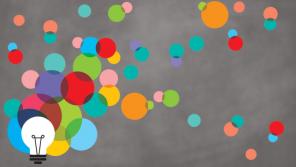Report
La Crosse Fish Health Center biologist Eric Leis investigates unexplained mussel deaths around the world.
Natural climate solutions are pragmatic options for sequestering greenhouse gases. But where to start?
Fresh water scientist Rebecca Klaper studies the impact of indescribably small nanoparticles on our Great Lakes.
It never occurred to me to ask why we have laws to protect rare fishes—or rare species of any animal or plant—in Wisconsin if that species is common elsewhere.
From a hundred feet in the air, Moriah Rataczak inspects the fields of Gumz Farms in Central Wisconsin.
There are many places where people concerned about climate change can influence decisions surrounding electricity generation and transmission.
Through the UW Center for Tobacco Research and Intervention, Drs. Michael Fiore and Timothy Baker have helped more than 300,000 Wisconsinites kick the habit.
A vision-aid device developed by a Middleton company helps profoundly blind patients "see" through electro-tactile stimulation to the tongue.
Yeast hybrids may hold the key to unlocking the biofuel potential of switchgrass and other biomass crops.
What we learned from a year of examining how to harness the power of creativity to improve life in Wisconsin.
- 1 of 2
- next ›
Contact Us
contact@wisconsinacademy.org
Wisconsin Academy Offices
1922 University Avenue
Madison, Wisconsin 53726
Phone: 608.733.6633
James Watrous Gallery
3rd Floor, Overture Center for the Arts
201 State Street
Madison, WI 53703
Phone: 608.733.6633 x25


